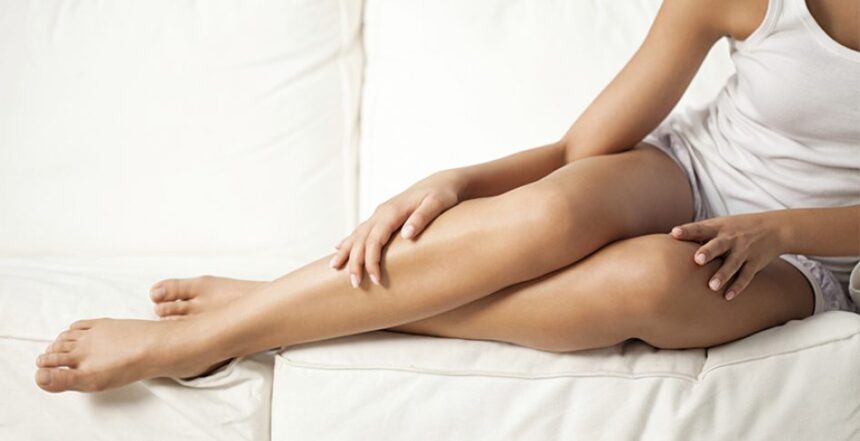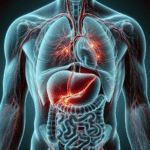Spider veins are tiny, damaged blood vessels that appear visibly beneath the skin. They’re often mistaken for varicose veins but are smaller, thinner, and typically don’t cause significant physical discomfort. While they are usually harmless, their appearance can be a source of concern for many, prompting people to seek remedies and preventative methods. Here’s information on the treatments available and the key role exercise and lifestyle play in improving vein health:
Spider Veins and Common Treatments
Spider veins, called telangiectasia, commonly occur on the legs or face and are often blue, purple, or red in color. Laser therapy is a non-invasive treatment for these veins, primarily effective for small veins. This procedure uses heat from a laser to destroy the damaged veins, causing them to fade over time. For larger spider veins, multiple sessions may be necessary. Results typically appear after one to three months.
Sclerotherapy is a minimally invasive procedure commonly used for vein treatments in the legs. It involves injecting a chemical solution directly into the damaged vein, effectively sealing it off. Over time, the vein collapses and is naturally absorbed by the body. Most people see results after a few sessions, making it one of the most effective treatments available. Combining medical treatments with lifestyle adjustments can significantly enhance outcomes and prevent new telangiectasia from forming.
Vein Health and Exercise
Exercise promotes better blood flow by encouraging the muscles in your legs to push blood back toward your heart. Activities like walking, running, and cycling strengthen the calf muscles, which act as a secondary pump for blood circulation. Improved circulation reduces pressure on veins, helping to prevent damage that could lead to the development of telangiectasia. Regular physical activity elevates your heart rate, which improves your overall cardiovascular health.
Proper circulation prevents blood from pooling in the veins, a common cause of spider veins. When blood flow becomes sluggish, pressure within the smaller veins increases, leading to damage and the appearance of damaged veins. By improving circulation, exercise helps minimize this risk and supports vein health.
Vein Health and Lifestyle
While exercise plays a foundational role in improving circulation and preventing telangiectasia, other lifestyle changes can enhance vein health, like:
- Elevating Your Legs: Elevating your legs above heart level helps improve blood flow and reduces pressure on the veins.
- Avoiding Sitting or Standing Too Long: Prolonged periods of inactivity hinder circulation and increase the risk of telangiectasia. If your job requires long hours of sitting or standing, make a habit of taking short breaks to stretch or walk around frequently.
- Wearing Compression Socks: Compression socks apply gentle pressure to your legs, encouraging blood flow and preventing blood from pooling in the veins. They are especially useful for individuals who spend a significant amount of time on their feet.
- Maintaining a Healthy Weight: Excess weight puts additional pressure on your veins, reducing their efficiency and increasing the likelihood of damage. Adopting a balanced diet and regular exercise can help you maintain a healthy weight, supporting long-term vein health.
These lifestyle modifications, combined with regular exercise, create a comprehensive approach to managing and preventing spider veins.
Learn More Methods for Managing Spider Veins
Spider veins may initially seem like a purely cosmetic issue, but maintaining proper vein health and circulation is key to preventing their progression. With medical treatments like laser therapy and sclerotherapy, paired with lifestyle adjustments such as regular exercise and improved habits, you can manage telangiectasia effectively. Consult a healthcare professional to explore various treatment options today.





